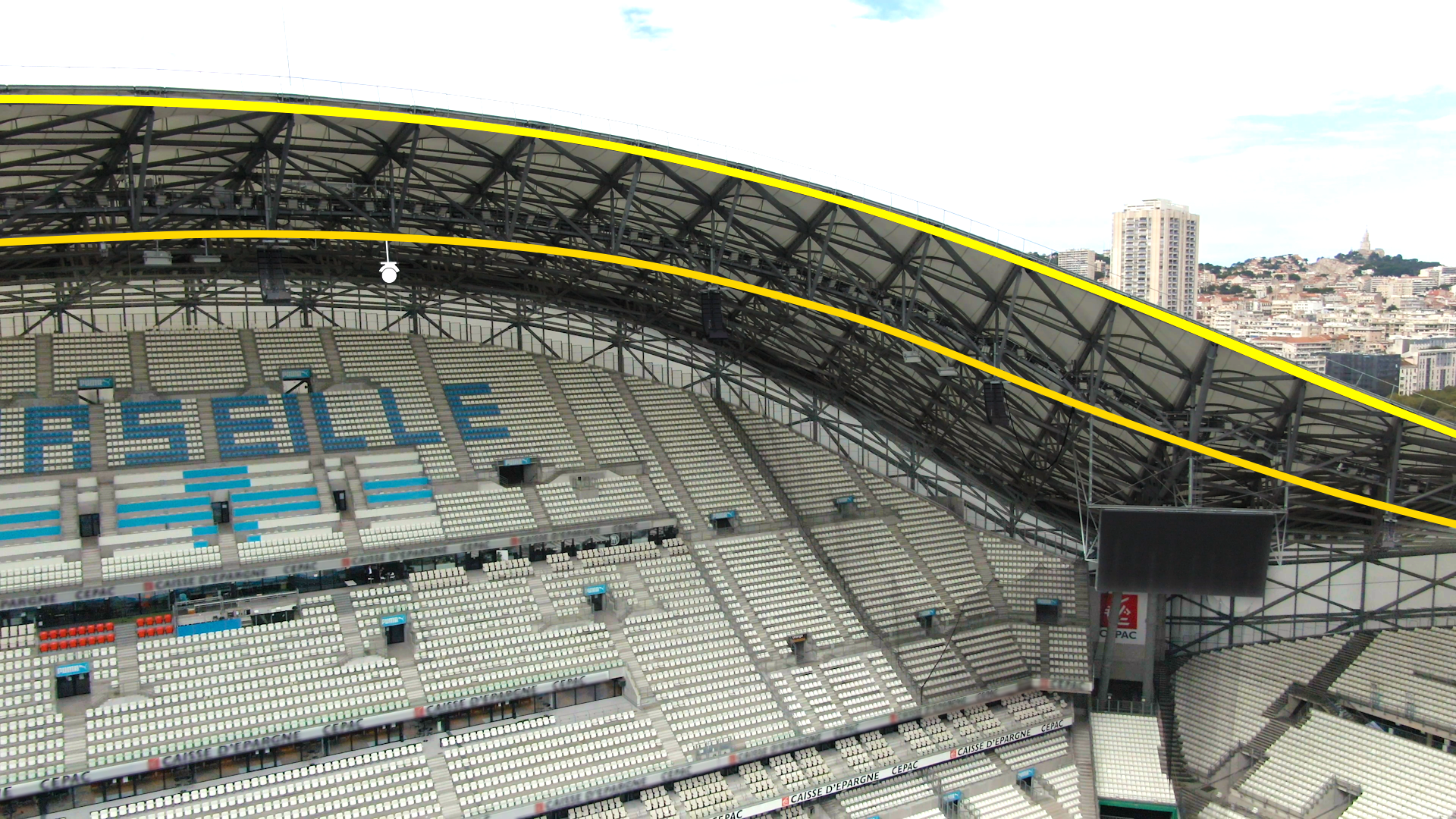
How does smart lighting work in urban environments?
Smart lighting is connected public lighting that adapts to the surrounding brightness and enhances the safety of cities. Today, thanks to technological advancements and the rise of connected cities, smart lighting systems enable optimized management of light on public roads, reducing both energy consumption and operating costs. In this article, we explore how these new solutions transform urban spaces, what they require in terms of suitable IoT hosting, and how TOTEM supports cities in this transition towards more sustainable and efficient lighting.
Smart lighting: optimizing urban infrastructure
What is smart lighting? It is a new management of urban infrastructure that combines IoT technology and urban connectivity for better energy efficiency. Unlike previous technologies, these devices adjust light intensity based on the environment, thereby reducing energy consumption while improving the quality of life in the city.
Local authorities are increasingly relying on these solutions to address major challenges:
- Energy savings: thanks to smart sensors, lighting adjusts according to foot traffic and lighting conditions.
- Reduced maintenance costs: remote management allows for anticipating failures and optimizing interventions.
- Safety and well-being of citizens: better-distributed lighting improves visibility and enhances the safety of public spaces.
Implementing this type of solution allows for a rapid deployment of smart cities.
In this transition towards smart cities, infrastructure hosting plays a key role, as connected lighting systems require high points to emit their signal to a collection point. TOTEM supports cities in this transition by providing its high points (telecom pylons, rooftops) to integrate IoT sensors and connected lighting solutions. This mutualization allows for accommodating not only smart lighting but also other essential IoT services for the smart city, such as parking management, air quality sensors, or connected video surveillance devices.
Smart lighting, serving urban connectivity and reducing energy consumption
Smart lighting relies on a network of IoT sensors and advanced algorithms capable of adapting light intensity based on pedestrian presence, road traffic, or weather conditions. This dynamic management optimizes energy consumption while ensuring sufficient lighting for the safety and comfort of citizens.
To function effectively, these sensors must be connected to a stable network capable of managing large volumes of IoT data. However, this urban connectivity relies on solid and well-positioned physical infrastructures.
This is where TOTEM plays a key role: by providing its pylons and rooftops in locations recognized for their excellence, the tower company enables cities to deploy the IoT sensors they need without multiplying the necessary installations, thus reducing costs and energy footprint.
TOTEM thus allows for extending the uses of the smart city by integrating, on the same infrastructure, lighting networks, mobile connectivity, and other urban IoT solutions.
Urban connectivity: rethinking the management of lighting networks
Smart lighting systems do not operate in isolation. They must be interconnected to allow for centralized management and real-time performance monitoring.
However, urban connectivity presents several challenges:
- Physical obstacles (buildings, street furniture) that can limit signal transmission.
- Radio interference that can impact the reliability of exchanged data.
- Uneven network coverage, preventing smooth and efficient management.
In the face of these constraints, local authorities need robust solutions to ensure optimal management. A well-connected lighting network not only saves energy but also improves other public services, such as video surveillance, traffic management, or monitoring of public spaces.
Thanks to its strategic infrastructures, TOTEM provides an appropriate response by facilitating the integration of IoT technologies on its high points. This approach optimizes not only public lighting but also all connected services that transform cities into true smart cities.
Smart lighting for a more sustainable and responsible city
Beyond modernizing uses and the city, smart lighting plays a major role in the energy transition of cities and actively contributes to reducing their carbon footprint.
- Reduction of energy consumption: by adjusting light intensity according to traffic and real needs, cities reduce their carbon impact.
- Decrease in light pollution: more precise lighting management avoids light waste, thus preserving biodiversity and the natural rhythms of animal species.
- Optimization of infrastructures: by promoting infrasharing, local authorities avoid the construction of additional infrastructures, thereby reducing their environmental impact.
Cities are transforming into smart cities and becoming more resource-efficient, more connected, and more environmentally friendly. Thanks to TOTEM’s infrastructure hosting, IoT equipment for smart lighting solutions is accommodated alongside other essential IoT equipment for optimized and modern urban management.
Reinventing urban lighting for a connected and responsible future
Smart lighting is just one element of a broader ecosystem of the smart city. Its proper functioning relies on a robust and interconnected infrastructure capable of hosting and managing multiple IoT data flows.
In this transformation, TOTEM positions itself as a key player by offering shared high points capable of hosting IoT sensors in addition to traditional mobile phone antennas.
This approach allows local authorities and connected city stakeholders to:
- Deploy smart lighting solutions while integrating other services of the connected city.
- Optimize costs and maintenance by centralizing equipment on shared infrastructures.
- Ensure reliable urban connectivity, essential for the proper functioning of smart networks.
Thanks to its infrastructure hosting adapted to the needs of the smart city, TOTEM helps local authorities accelerate the transition towards smarter, more economical, and more sustainable public lighting.
Other
articles
Other
articles



